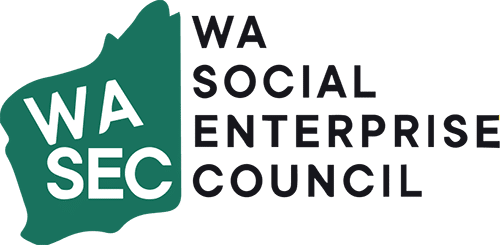Measuring impact is about recording and understanding the difference you’re making. Managing impact goes a step further, using the insights from measurement to shape your organisation’s decisions, strategic direction, and the programs, products, and services you provide.

What is impact?
Impact is the net effect on the well-being of a community, family, individual, or the environment, directly resulting from an organisation’s products, services, or programs. Key factors include who benefits, how they benefit, the extent of the benefit, and its long-term sustainability. Impact is typically measured across social, environmental, economic, and cultural dimensions.
Why should you measure your impact?
Measuring and managing impact is crucial, particularly for organisations focused on societal outcomes, because it provides clear evidence of the difference being made. It ensures that resources are being used effectively and helps identify what’s working and what’s not. By understanding the real-world effects of your programs or services, you can make informed decisions to enhance your impact, scale successful initiatives, and adapt where needed. For social enterprises and nonprofits, demonstrating impact builds trust with stakeholders, attracts funding, and ultimately drives greater positive change in communities.
Getting Started
When starting to create an impact measurement and management system, it’s important to know why you’re measuring impact and which impacts matter most to your organisation and stakeholders. This will guide what you focus on and how detailed your measurement needs to be. Since it’s unlikely you’ll be able to measure everything, developing a Theory of Change (TOC) and Program Logic can help you focus on the key outcomes you aim to achieve.
A TOC is a roadmap that outlines how your activities lead to the desired outcomes and impact. Program Logic is usually a visual representation that maps out the steps and processes needed to achieve the desired outcomes of a program.
Your TOC and Program Logic will guide what you measure using various impact methodologies. Essentially, you should use metrics to determine if your organisation, program, or product effectively addresses the issue as planned.
Here are some commonly accepted impact measurement methods:
- Social Return on Investment (SROI): Captures and monetises the value of outcomes, showing how much impact is generated per dollar invested.
- Results-Based Accountability: Compares the well-being of the target population with the general population to assess program effectiveness.
- Most Significant Change (MSC): Collects and analyses personal stories of change to identify the most significant impacts, often used alongside other methods.
- Experimental and Quasi-Experimental Methods: Statistical techniques, like Randomised Control Trials (RCTs) and Pre/Post Tests, used to establish causality between programs and outcomes.
You can also design a bespoke Impact Measurement and Management (IMM) system tailored to your needs.
Additional reading
- CSI’s guide to social impact measurment: https://assets.csi.edu.au/assets/research/the-compass-your-guide-to-social-impact-measurement.pdf
- Seed Kit is a new online program to help you track and communicate your impact: https://seedkit.com.au/
- Impact Seed ESG & impact measurement services: https://impactseed.org/impact/


